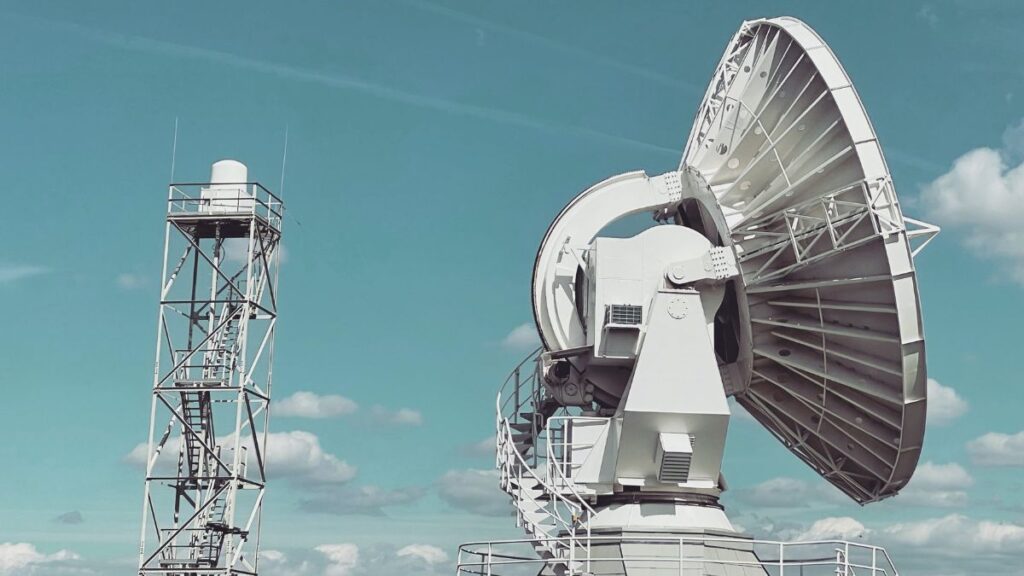The term “spell technologies” has gotten a lot of attention because of the seemingly limitless possibilities of invention in today’s digital ecosystem. The potential for this new idea to transform the way we use technology has piqued the interest of professionals in a wide variety of fields. In this essay, we’ll investigate spell technologies in detail, looking at what they are, how they might be used, what good they can do, and what an intriguing future they have.
Introduction
The ways in which we engage with gadgets and systems are experiencing a tremendous transition as technology continues to pervade every part of our life. Spell technologies are among the cutting-edge developments that have piqued the interest of IT fans and professionals. These innovations have the potential to improve the way people engage with technology by making their use more natural and straightforward.
Defining Spell Technologies
Spell technologies, at their heart, are a collection of developments that seek to make it possible for people to communicate with computers and other electronic devices and systems using more intuitive means, such as voice, gestures, and even thinking. The use of advanced algorithms and sensors allows spell technologies to perceive and interpret user inputs in a way that feels almost magical, as opposed to the more typical use of buttons and instructions in user interfaces.
The Evolution of Human-Computer Interaction
Human-computer interaction has taken an interesting path thus far. Each iteration, from the first command-line interfaces to today’s graphical user interfaces, brings us one step closer to really natural and seamless interactions. Spell technologies represent a major advance since they render physical input devices superfluous.
Applications Across Industries
1 Healthcare
Spell technologies have the potential to significantly improve healthcare delivery. Envision a world when doctors can access patient records and diagnoses with a wave of their hand, or even direct surgical tools with their minds. These innovations may improve precision, effectiveness, and the quality of care provided to patients.
2 Education
Spell technologies have tremendous potential to improve education. Learning might be more interesting and tailored to each individual student if they could engage with instructional information using natural language. Furthermore, these technologies might be of assistance to students with disabilities by allowing them to take part in learning in novel ways.
3 Entertainment
Spell technology is also making ripples in the world of entertainment. Gesture controls give players more agency over their games’ protagonists and antagonists. The use of spell technology can also make VR and AR experiences more realistic and participatory.
How Spell Technologies Work
Spell technologies include a wide variety of methods for facilitating natural communication between humans and computers. Some important methods are as follows:
1 Natural Language Processing
Computers can now comprehend and respond to human language because to developments in Natural Language Processing (NLP). NLP is widely used in voice assistants such as Siri and Alexa. Spell technologies put natural language processing front and center, letting consumers command gadgets and complete tasks with just their voices.
2 Gesture Recognition
Human hand movements and other body language may be translated into orders using gesture recognition technology. The ability to connect with electronic gadgets without touching them is both futuristic and hygienic, thanks to this technology.
3 Neural Interfaces
Connecting the brain to machines is what neural interfaces are all about. While still in its infancy, this technology shows great promise for people with impairments and may one day allow for direct brain-to-device communication.
Advantages of Incorporating Spell Technologies
1 Enhanced User Experience
Spell technologies place a premium on providing a seamless and natural connection for the user. The result is happier users and more widespread implementation.
2 Accessibility and Inclusivity
Spell technologies stand out because of their potential to provide access to technology for those with varying levels of physical and linguistic ability.
3 Amplifying Creativity
Spell technologies free the mind from the limitations of conventional input modalities. Creative types now have access to a wider range of tools for expressing themselves.
Addressing Challenges and Concerns
1 Privacy and Security
Security and confidentiality are of the utmost importance in any technological system that handles sensitive information. Strong security measures to secure user data should be a top priority.
2 Learning Curve
Even though spell technologies are designed to make communication easier, there may be a slight learning curve for first-time users. In order to succeed, it will be essential to design user experiences that are both simple and effective.
The Future of Spell Technologies
The development of spell-based technology is really interesting. The barrier between human and machine will become increasingly blurry as these technologies grow.
Embracing the Spell Revolution
Individuals, organizations, and sectors need to be receptive to change in order to fully participate in the spell revolution and reap its benefits.
Conclusion
Spell technologies provide a look into a future when interaction boundaries are smashed in a society where technology is increasingly an extension of ourselves. It’s a credit to the intelligence of the human race that we can think of ways to control, communicate, and create with only our natural motions and ideas.
FAQ
Q1: What exactly are spell technologies?
A: The term “speech, gesture, and thought technologies” is used to describe a group of cutting-edge developments that allow people to communicate with computers and other electronic gadgets by utilizing more natural means, such speaking, gesturing, and even thinking. The use of advanced algorithms and sensors allows spell technologies to perceive and interpret user inputs in a way that feels almost magical, as opposed to the more typical use of buttons and instructions in user interfaces.
Q2: How do spell technologies differ from traditional user interfaces?
A: Spell technologies use a different approach to user engagement than conventional user interfaces. Spell technologies let users to engage intuitively, using movements, voice instructions, and even neurological impulses, in contrast to traditional interfaces that need physical input devices like keyboards and mouse. This makes the experience more natural and engaging by doing away with the need for physical equipment.
Q3: Can spell technologies be used by people with disabilities?
A: That spell technologies have the ability to increase accessibility and inclusivity is very astounding. People with disabilities may benefit greatly from these technologies because they allow them to use technology in ways that are more accessible to them. For those with movement issues, a gesture-based interface may be a godsend, while voice instructions can help those with speech limitations.
Q4: Are there any risks associated with neural interfaces?
A: There are hazards and difficulties associated with using neural interfaces, despite their enormous potential. Protecting the confidentiality of brain data is of the utmost importance, since its compromise might allow for the monitoring of an individual’s mental processes. Furthermore, there may be health risks associated with brain implant devices, and there are ethical questions that must be addressed when using neurological data.
Q5: How soon can we expect spell technologies to be a part of our daily lives?
A: Natural language processing, gesture recognition, and neural interfaces are just a few of the areas where spell technologies are making an impact. Voice assistants are only one example of a widely used program. Integration of these technologies into our daily lives is expected to quicken as they develop and improve. However, the rate of adoption will be affected by things like technology development, user acceptability, and the elimination of obstacles.







